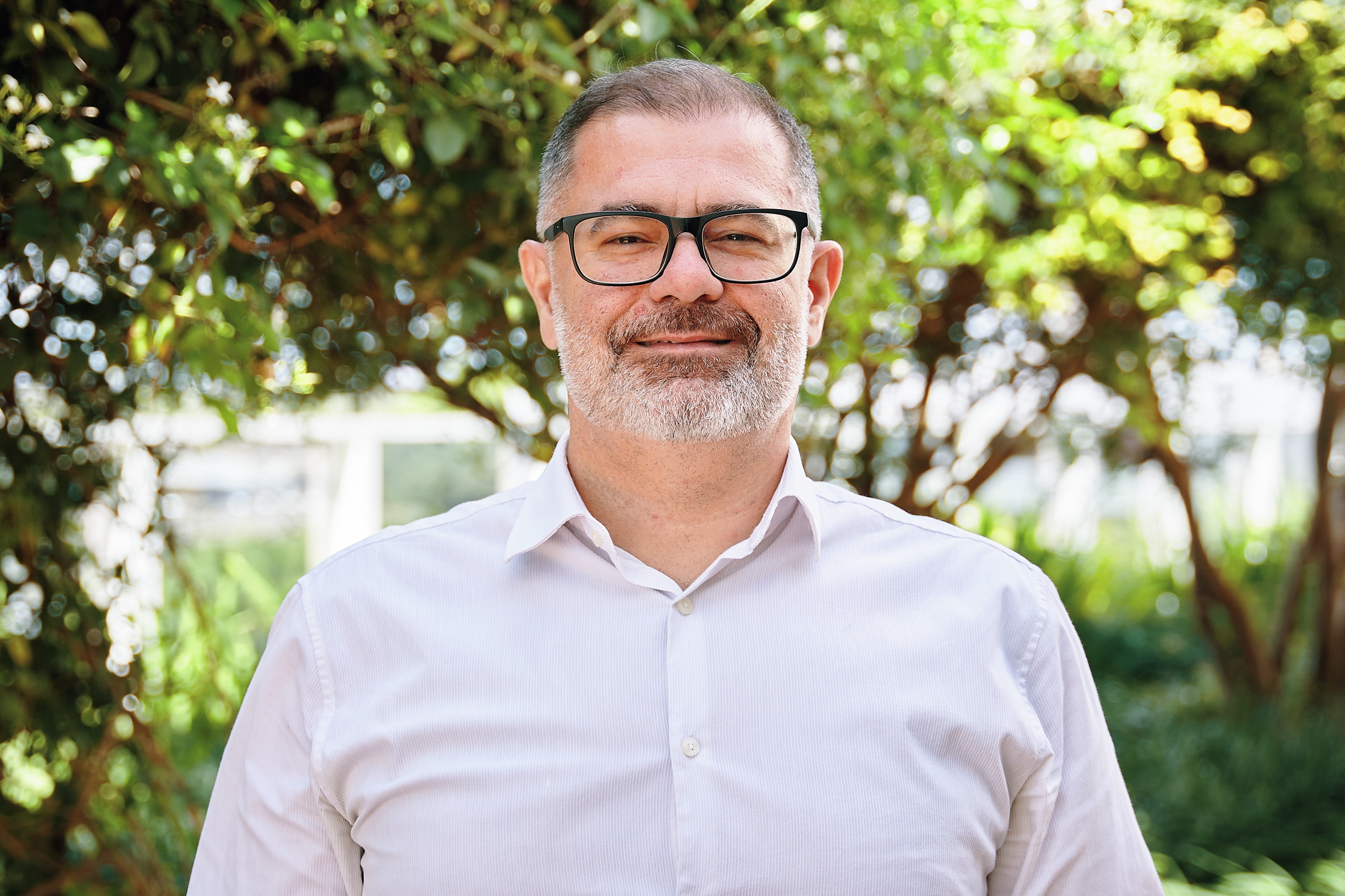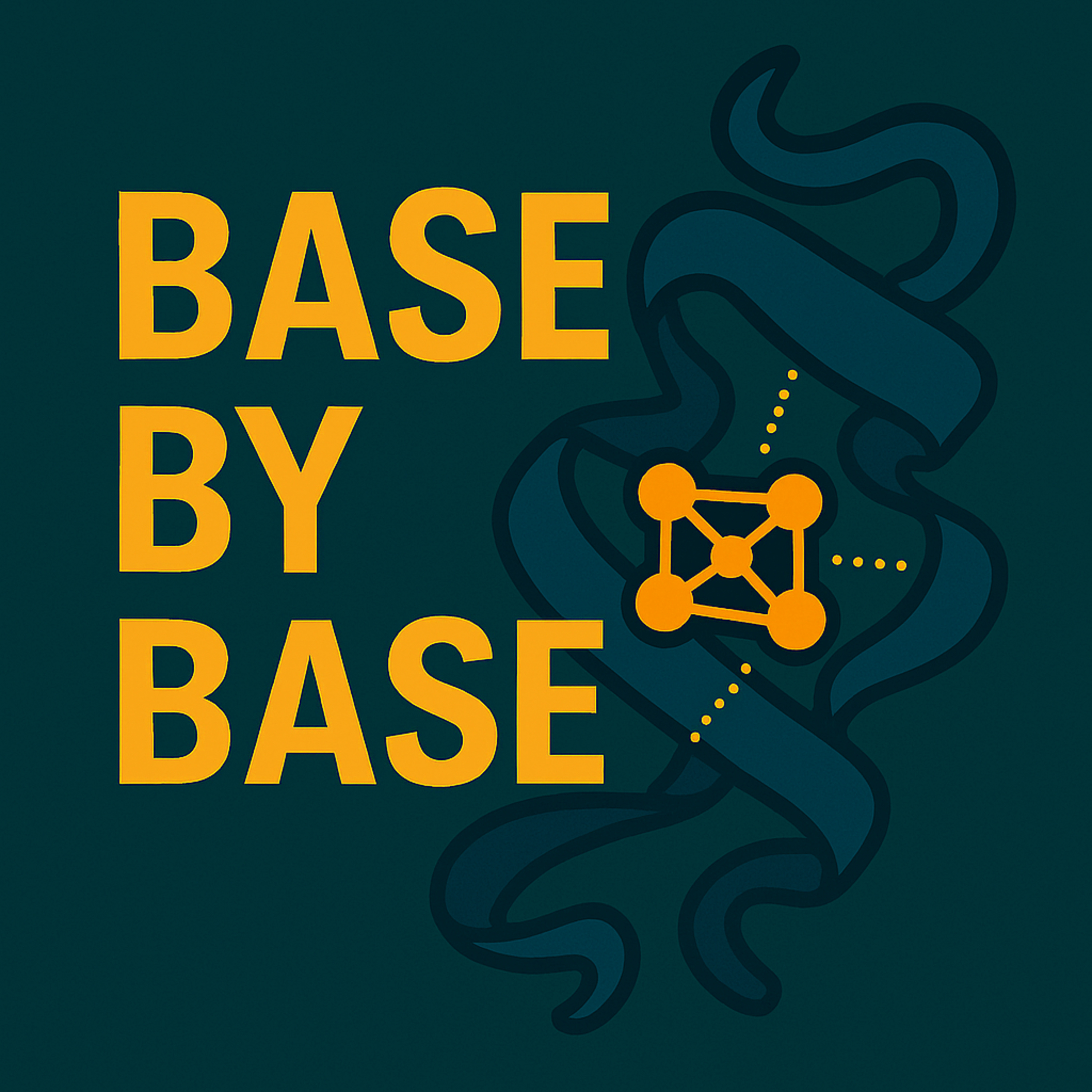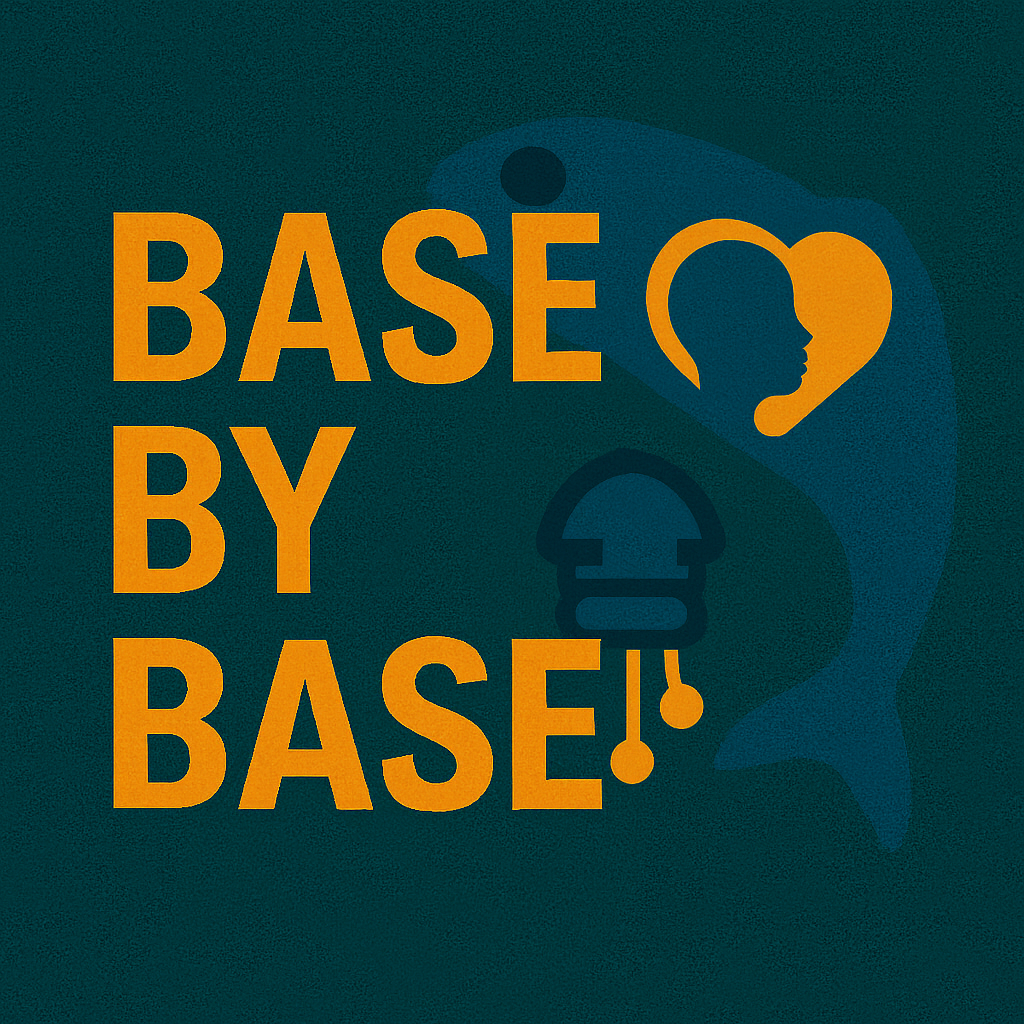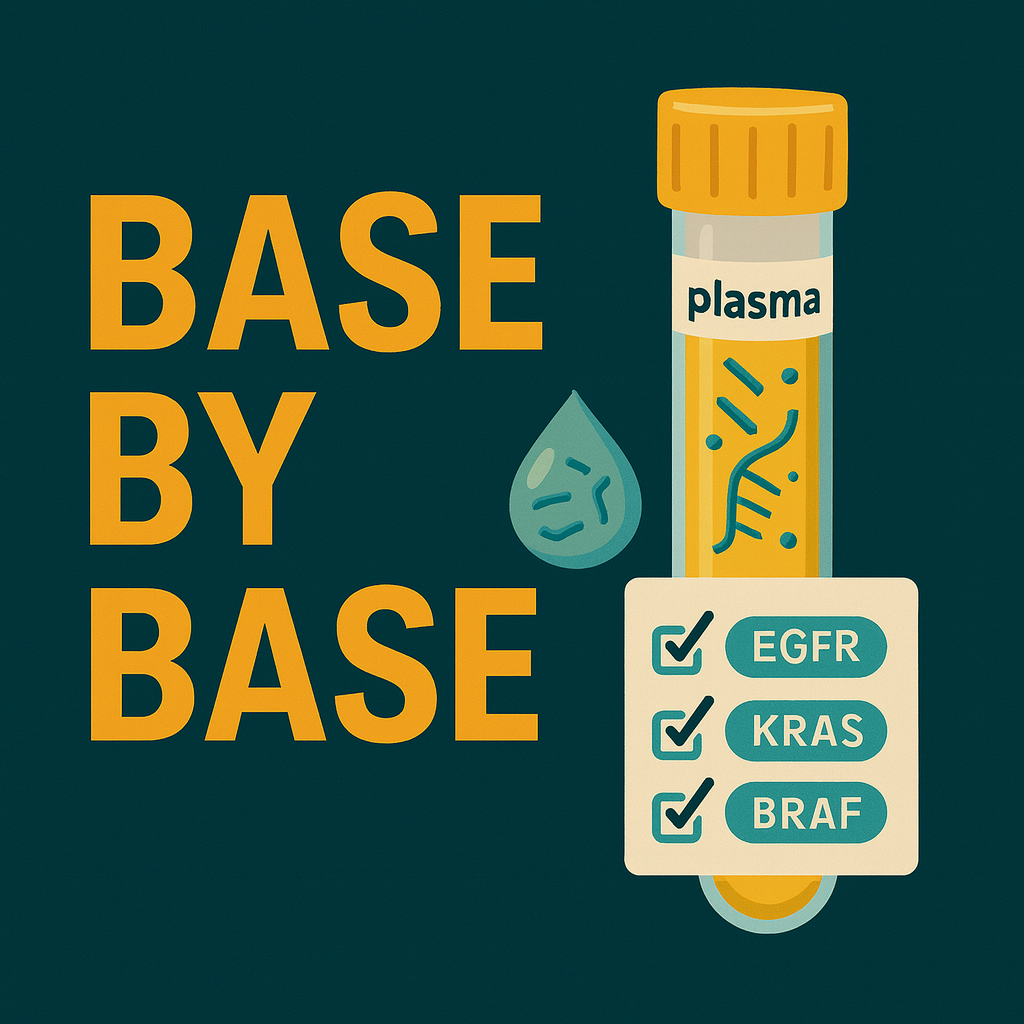Show Notes
️ Episode 12: Repairing the Blueprint: Insights from MUTYH Structure and Cancer-Associated Variants
In this episode of Base by Base, we explore a pivotal study published in Nature Communications that reveals the structural and functional secrets of the human MUTYH DNA glycosylase. This landmark work provides the first crystal structure of human MUTYH bound to DNA, illuminating how its [4Fe-4S] cluster cofactor allosterically connects to the catalytic site — a critical feature for maintaining genome integrity.
Led by Trasviña-Arenas and colleagues, the study deciphers how cancer-associated variants (CAVs) disrupt the intricate hydrogen bond network bridging the [4Fe-4S] cluster and the DNA excision active site. The findings show that even subtle changes can decouple mitochondrial metal cofactors from enzymatic function, revealing an allosteric network essential for oxidative DNA damage repair and cancer prevention.
Key insights include:
First Human MUTYH-DNA Complex Structure: The structure reveals an H-bond network connecting the [4Fe-4S] cluster to the catalytic residue Asp236, essential for efficient base excision repair.
Functional Impact of Cancer-Associated Variants (CAVs): Variants like R241Q and N238S retain the metal cofactor and DNA binding ability but abolish glycosylase activity by disrupting the allosteric communication pathway.
Allosteric Regulation: The study demonstrates how the [4Fe-4S] cluster not only binds DNA but actively regulates enzymatic catalysis through structural cross-talk with the active site.
Molecular Dynamics Simulations: Computational analyses confirm that mutations alter the dynamic network between the cluster and catalytic site, changing the protein's flexibility and communication pathways.
Clinical Implications: Highlights how mutations disrupting this allosteric network contribute to MUTYH-associated polyposis (MAP) and elevate cancer risk, offering new targets for functional variant classification and therapeutic strategies.
This episode highlights how deep structural and functional analysis of MUTYH is reshaping our understanding of DNA repair mechanisms, cancer risk, and the delicate orchestration of genome maintenance.
Reference:
Trasviña-Arenas, C.H., Dissanayake, U.C., Tamayo, N., et al. (2025). Structure of human MUTYH and functional profiling of cancer-associated variants reveal an allosteric network between its [4Fe-4S] cluster cofactor and active site required for DNA repair. Nature Communications, 16, 3596. https://doi.org/10.1038/s41467-025-58361-w
License: This content is distributed under the Creative Commons Attribution 4.0 International License (CC BY 4.0). For more information, visit https://creativecommons.org/licenses/by/4.0/




